What Is Reverse Prayer Yoga And What Are Its Benefits?
All you need to know about this incredible yoga posture, including its benefits and steps.
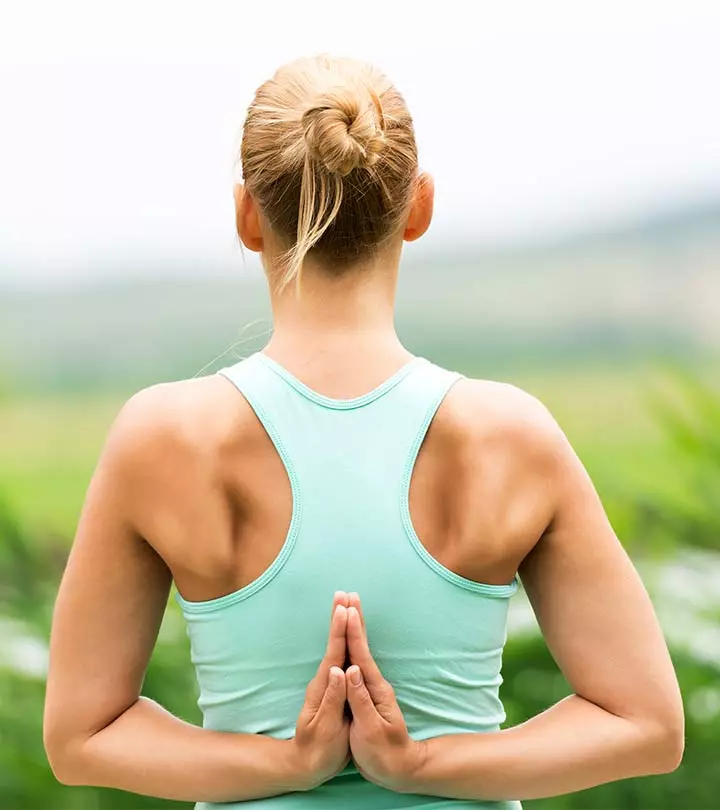
Image: ShutterStock
Reverse prayer yoga, also known as Pashchima Namaskarasana (also known as Parshva Namaskarasana), involves a pose joining your hands (namaskar gesture) behind your back. It mainly targets your shoulders and wrists. It is an especially effective pose for those who spend hours on their computers typing a lot. This article discusses the benefits of this yoga pose, how to practice it, and more. Keep reading to find out more!
In This Article
What Is Reverse Prayer Pose?
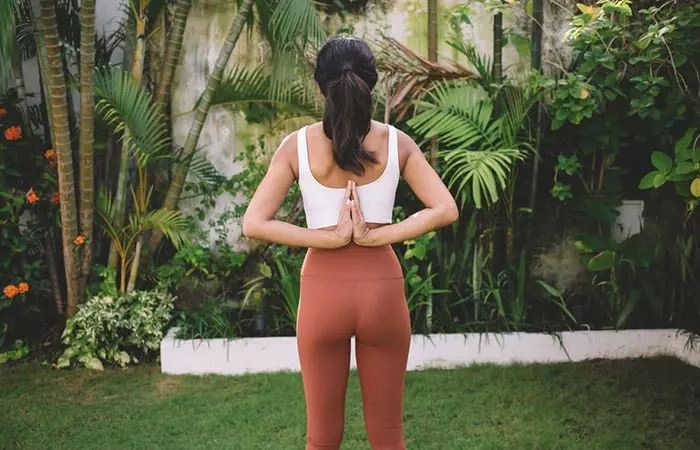
The Reverse Prayer Pose or Penguin Pose or Pashchima Namaskarasana or Viparita Namaskarasana has many names. It is a variation of the Tadasana yoga. This standing yoga asana literally means pashchima or ‘being behind’ and namaskara or ‘offering respect’, while the asana or ‘posture’ denotes the position.
The position and name loosely translate to the reverse prayer pose. The pose is an upper body posture that helps strengthen your arms, shoulders and targets your arms and abdomen (1).
Benefits Of Reverse Prayer Yoga:

The reverse prayer pose has many health benefits, some of which include:
- The shoulder movements help open up the chest and promote digestion. They help you breathe better and also help maintain your metabolism and energy levels.
- The shoulder movement helps improve the strength of your wrist tendons and is especially good for people who suffer from carpal tunnel syndrome and wrist pain. If you end up typing even 300 words in one day, you should consider practicing this simple yoga reverse prayer pose to keep your wrists free from damage. The wrists have many acupuncture points that will activate as a result of the extension.
- The shoulder movement helps massage and loosen any tight shoulder muscles and relaxes your shoulder blades and end up causing less shoulder and neck pain.
- Performing the pose will help you alleviate stress and calm an anxious mind. A peaceful mind implies a peaceful body, so beat work or home stress by performing this simple asana. It can help bring your mind, body, and soul in alignment. A peaceful mind directly reduces any disease as stress can worsen your mental state and make you feel
 Did You Know?
Did You Know?Performing The Reverse Prayer Pose (Paschim Namaskarasana):
Now that you know what the pose is all about and how it helps your body, let’s take a look at the steps involved:
- Stand on a yoga mat or on the floor.
- Bring your legs together and keep your feet one inch apart.
- Relax your shoulders and let your hands hang by the sides.
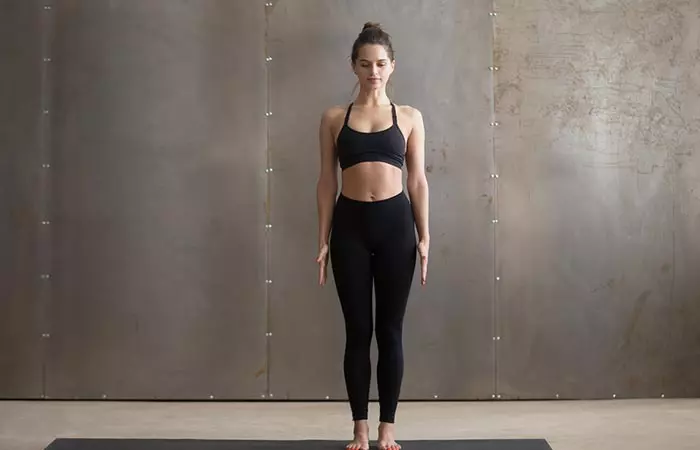
- This is the Tadasana or mountain pose.
- Now, begin relaxing your shoulders while bending your knees a little.

- Begin raising your arms behind your back.
- Now proceed to join your palms and keep the fingers pointing downwards.
- Now, inhale and turn the finger tips inward towards the spine and rotate until your palms are joined as you turn your fingertips upwards.
- Make sure that your knees are slightly bent and your palms are pressed firmly against each other.

- Stay in the position for around 25-30 seconds.
- Close your eyes.
- Now begin turning your fingertips back downwards.
- Release your hands and bring them back to the sides.
- You have now returned to Tadasana.
- Take a one minute break to give some rest to your body and repeat the motion.
The other variation of the reverse prayer pose is a seated pose, and it features sitting down in Sukhasana and performing the same set of motions. The pose is known as the lotus and reverse prayer pose. It has its own set of health benefits, which include:
- It helps lessen stagnation in the feet. When you fold your legs on top of each other, it helps open and stretch the acupuncture points in your feet.
- Sitting down also helps promote better functioning of the stomach and other organs.
A yoga and fitness blogger shared that she had issues doing this pose because of her tight shoulders. She said, “I also lack wrist mobility to turn my hands to point up without putting a lot of pressure to my pinky fingers (i).” However, she thinks practice will help her get better at it.
 Trivia
TriviaInfographic: A Complete Guide To Reverse Prayer Yoga
The reverse prayer yoga targets your shoulders and wrists. It is an effective asana for people with shoulder or wrist pain and those who type a lot. In the following infographic, we have listed the most important benefits of this pose and how to perform it right. Take a look.

Illustration: StyleCraze Design Team
Reverse prayer yoga, also known as pashchima namaskarasana, is an ideal pose to strengthen your shoulders, arms, and wrists. This posture helps open up the chest, promote digestion, enhance metabolism, reduce carpal tunnel syndrome, relieve stress, calm the mind, relax shoulder blades, loosen up shoulder muscles, and fix wrist tendons. You can also try this asana in a seated pose, which has its share of benefits, like activating acupuncture points in the feet. Do not get discouraged if you have trouble doing this asana, and keep practicing every day to achieve perfection eventually. Also keep in mind, indulging in regular physical activity or practicing yoga can help improve fitness levels and enhance your emotional wellness and spirituality. Further, you can also practice meditation, which improvess mindfulness and provides relaxation.
Frequently Asked Questions
Which muscle is stretched when performing reversed prayer hands (pushing together) exercise?
Reversed prayer hands exercise stretches your pectoral muscles.
Who should avoid reversed prayer hands?
Reversed prayer hands must be avoided if you have hand, wrist, shoulder, or hip injuries.
Is it safe to put your palms together behind your back?
Putting your palms together behind your back is safe if you have no shoulder, hand, wrist, hand, or hip injuries.
Key Takeaways
- Reverse prayer yoga can enhance your digestion.
- The shoulder movement performed during the yoga prevents wrist and shoulder pain.
- It can improve your mood and flexibility and reduce stress.
- Performing the asana in a seated position can help stimulate various acupuncture points in your leg.
Check out the tutorial video that provides simple and quick steps to perform the reverse prayer yoga. Learn how to control your breath, movement, and mindfulness to benefit from this yoga flow.
Personal Experience: Source
StyleCraze's articles are interwoven with authentic personal narratives that provide depth and resonance to our content. Below are the sources of the personal accounts referenced in this article.
i. Ashtanga Mysore Challenge Day 5: About Pain And Propshttps://cheryoga.wordpress.com/2015/10/07/ashtanga-mysore-challenge-day-5-about-pain-and-props/
Read full bio of Sri Yogi Anand
Read full bio of Arshiya Syeda
Read full bio of Moksha Gandhi





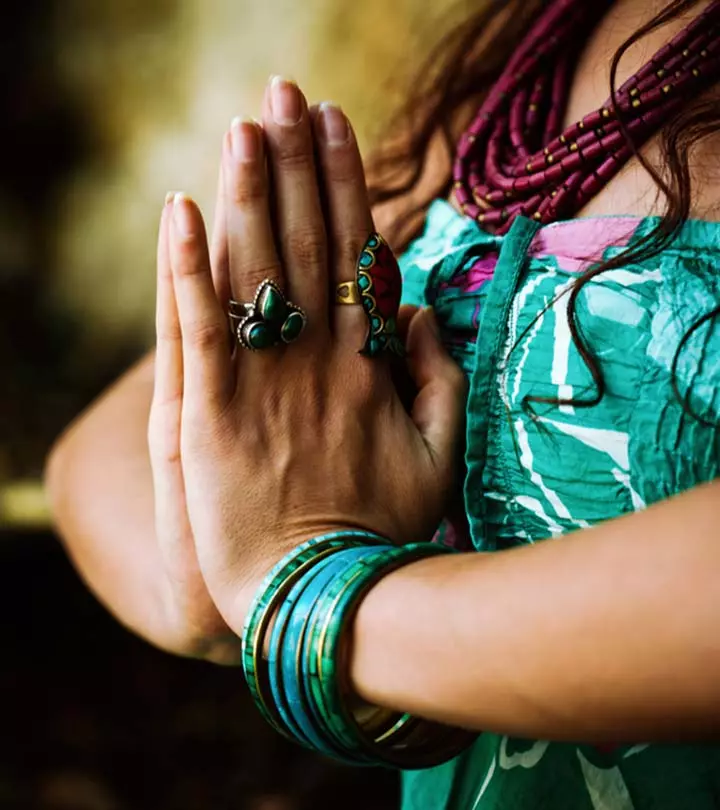
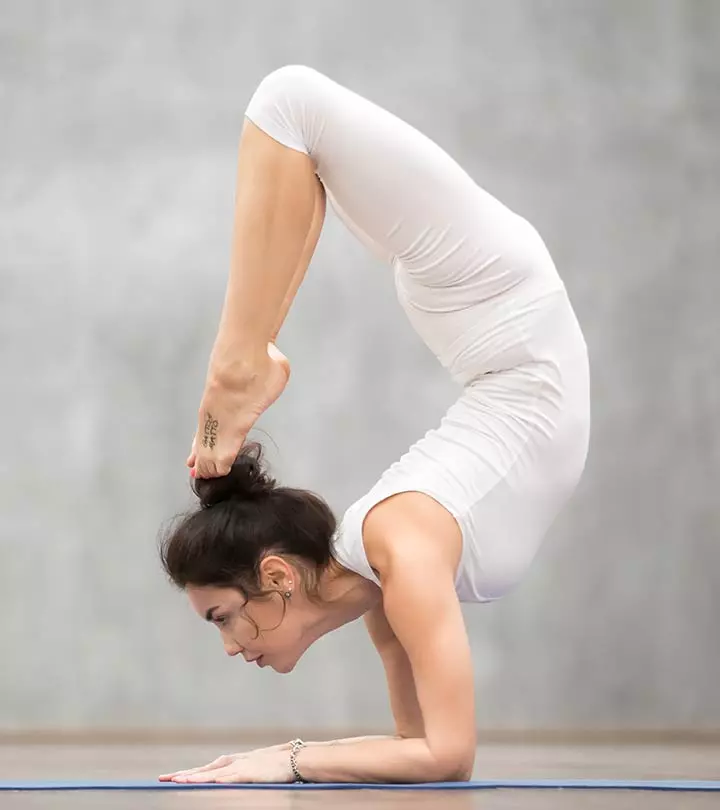




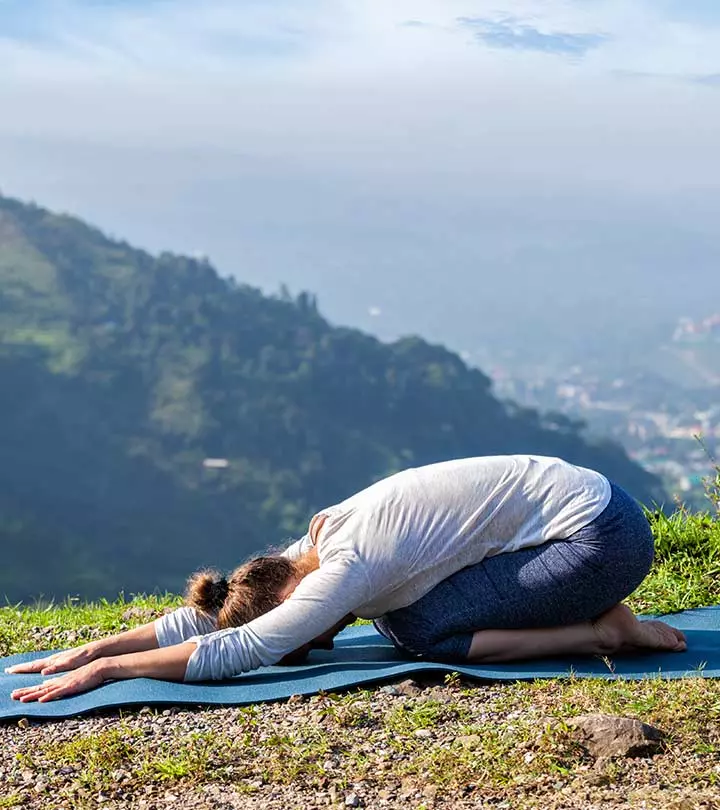
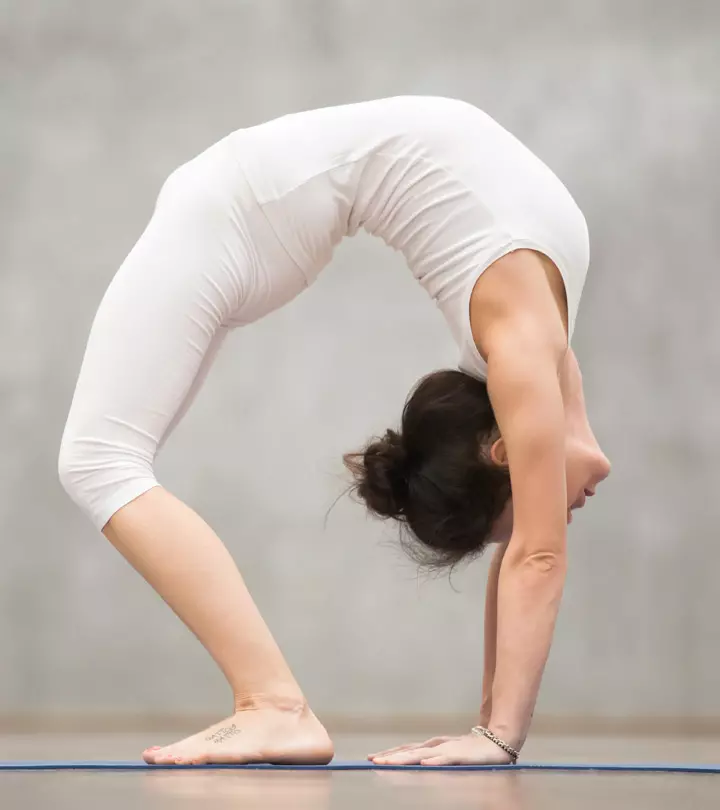

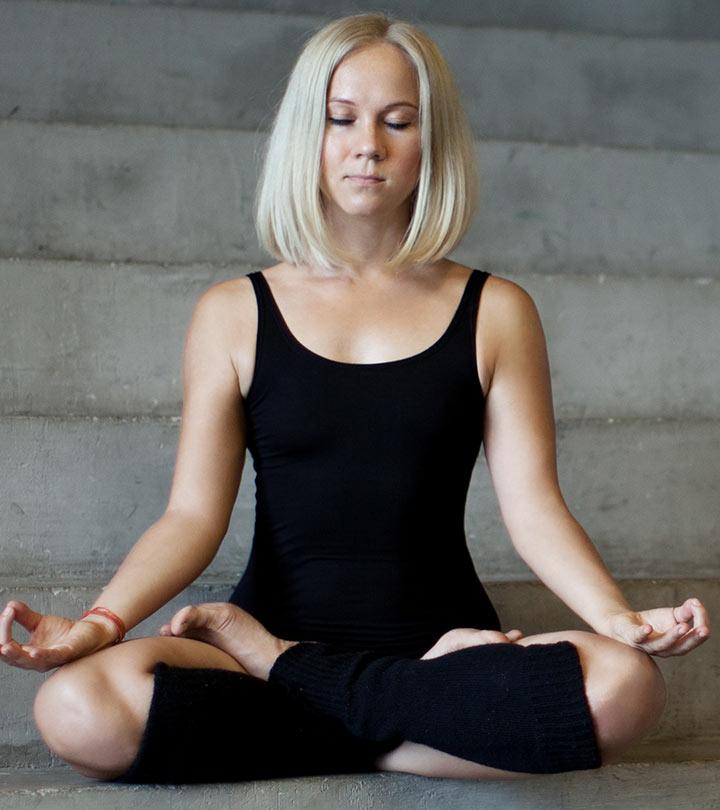
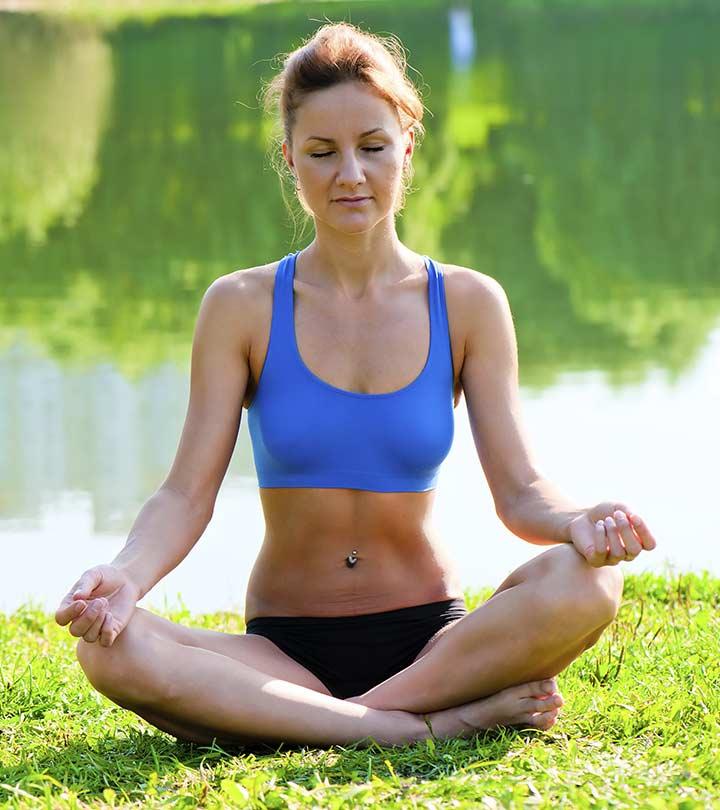

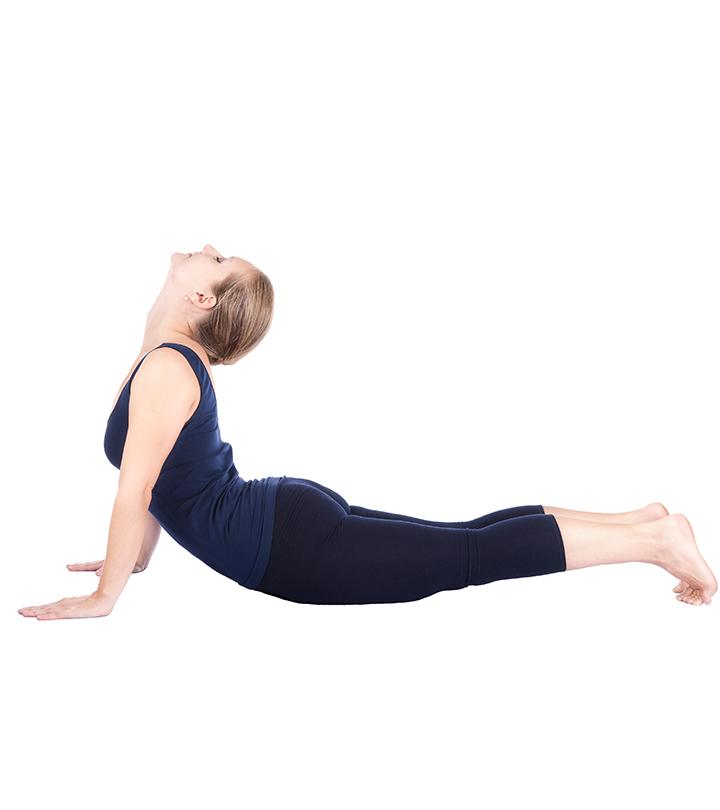

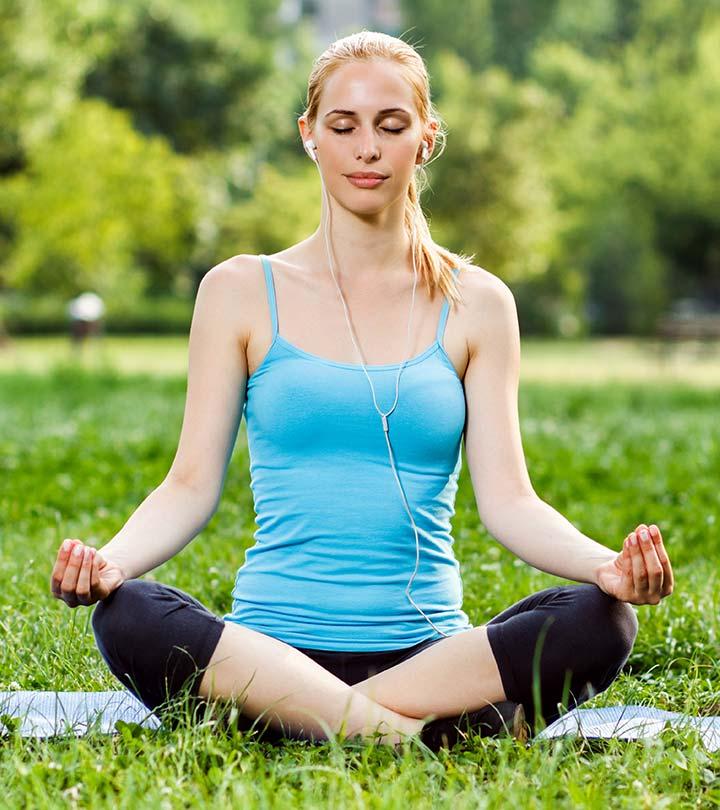
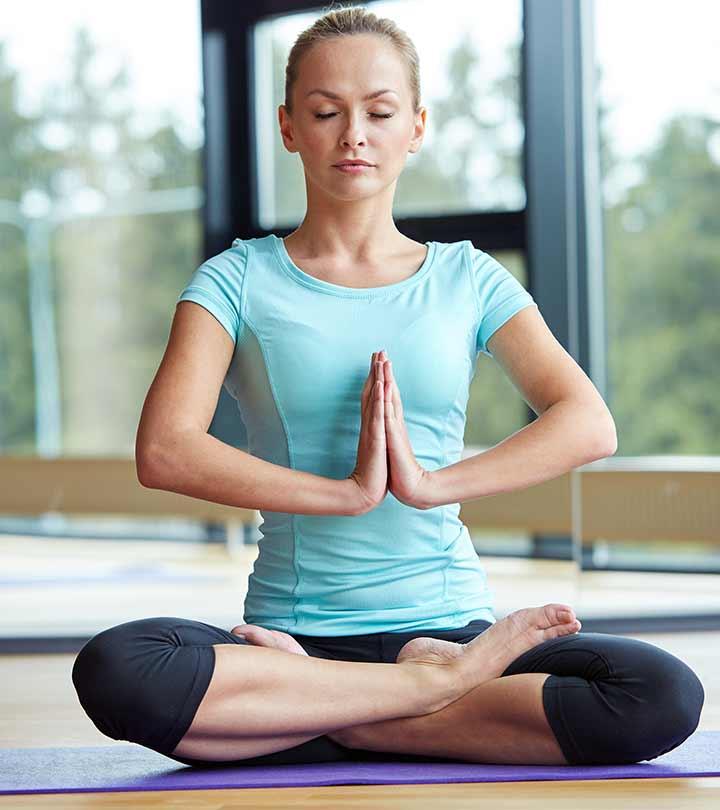
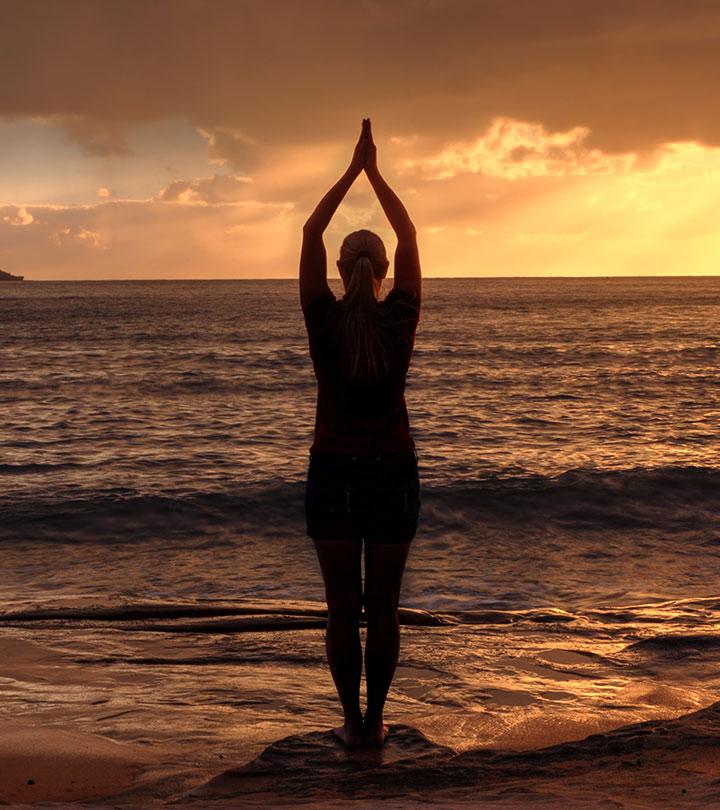
Community Experiences
Join the conversation and become a part of our empowering community! Share your stories, experiences, and insights to connect with other beauty, lifestyle, and health enthusiasts.